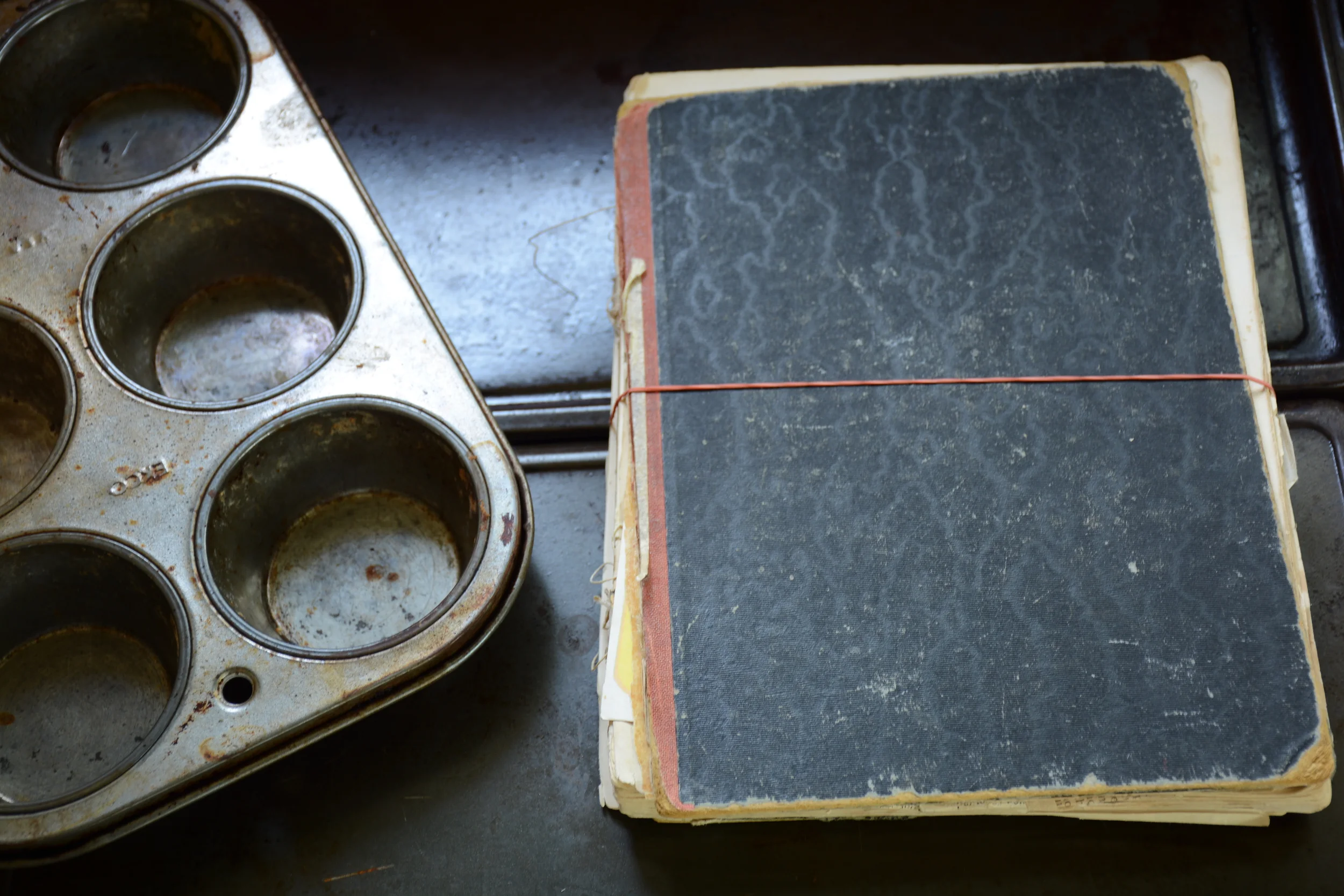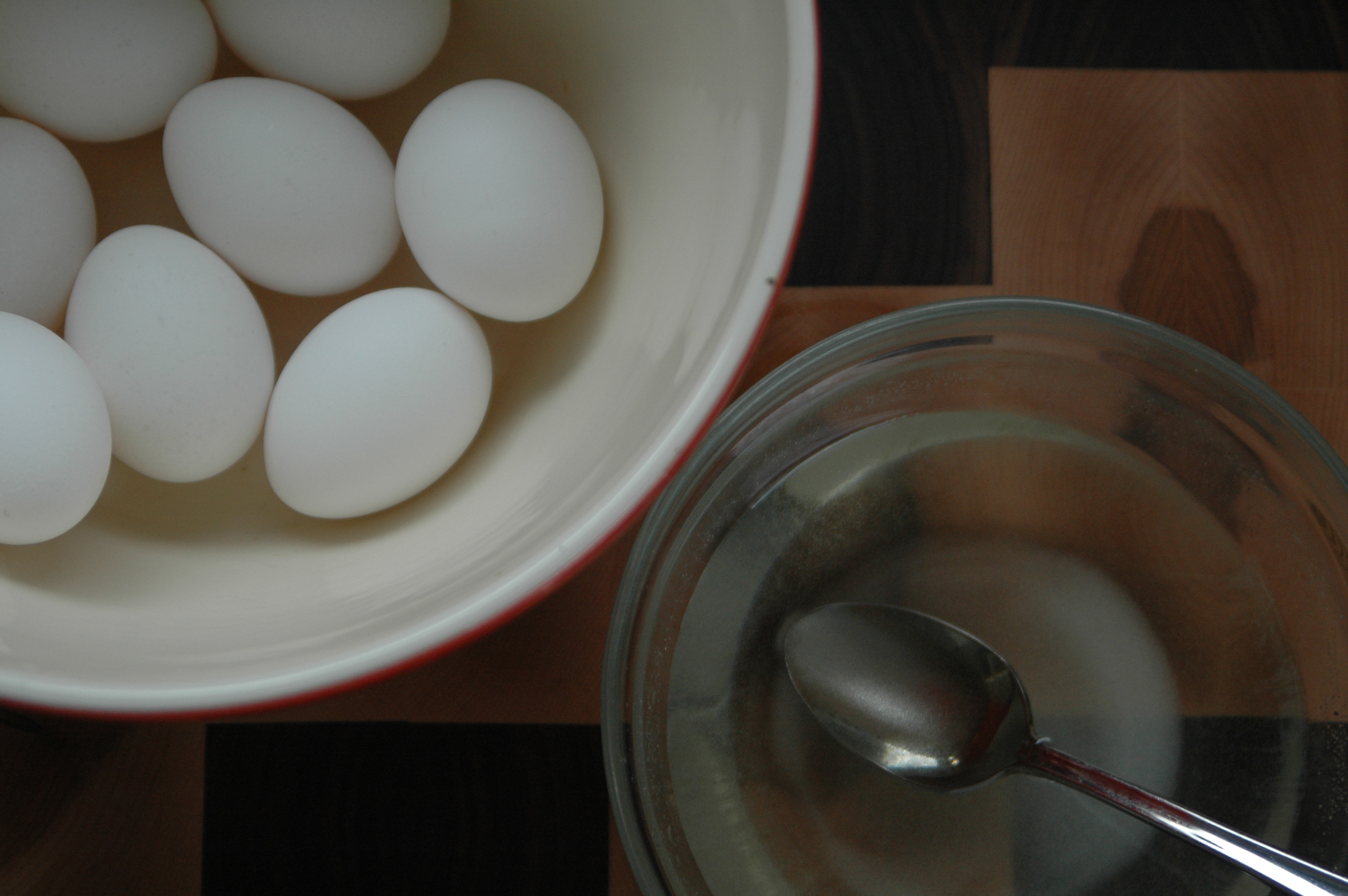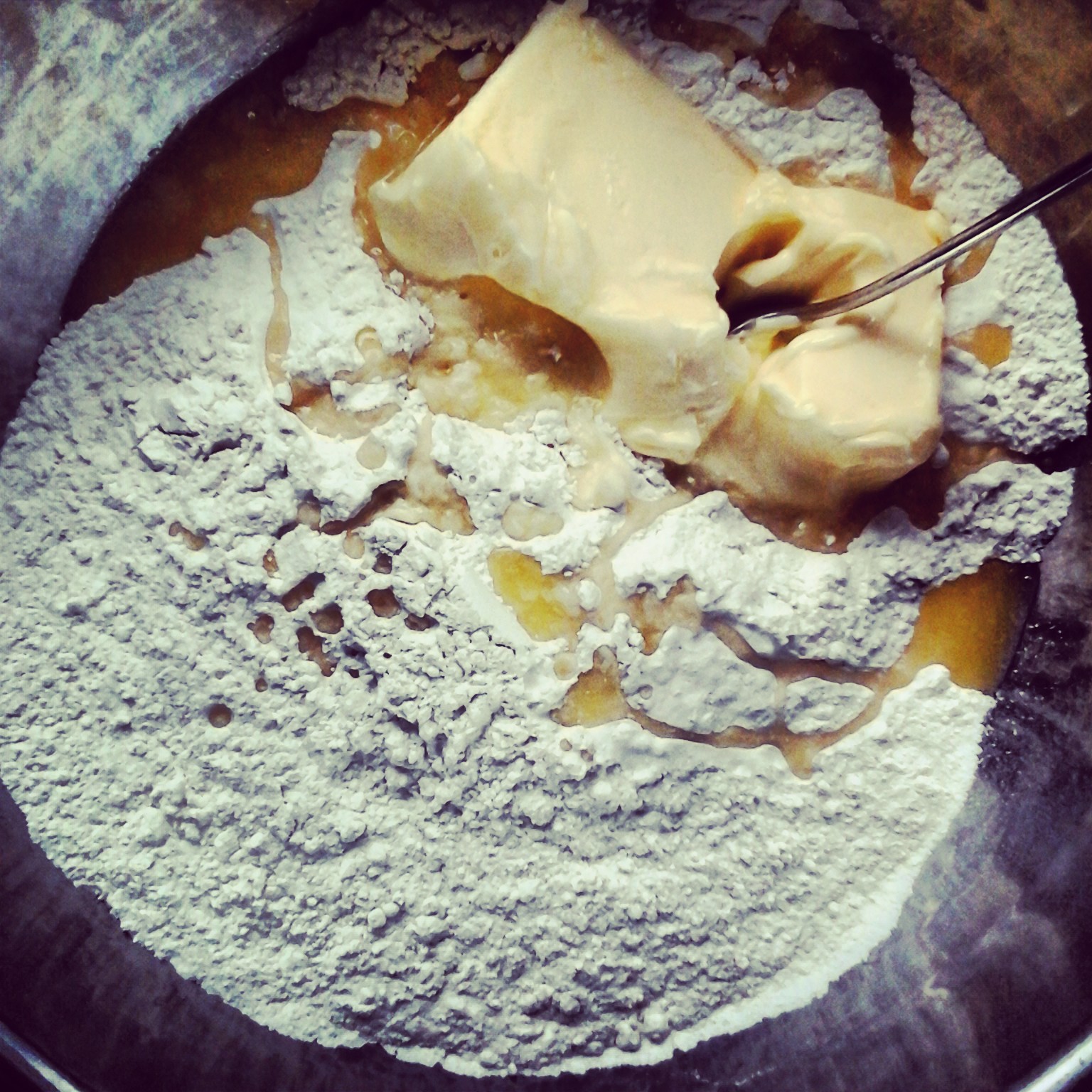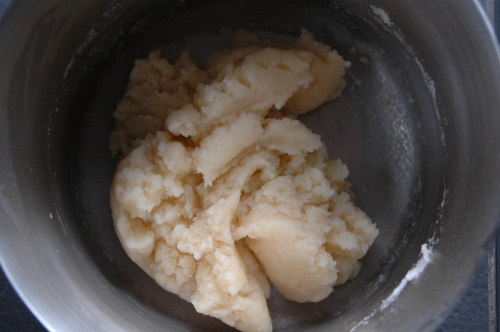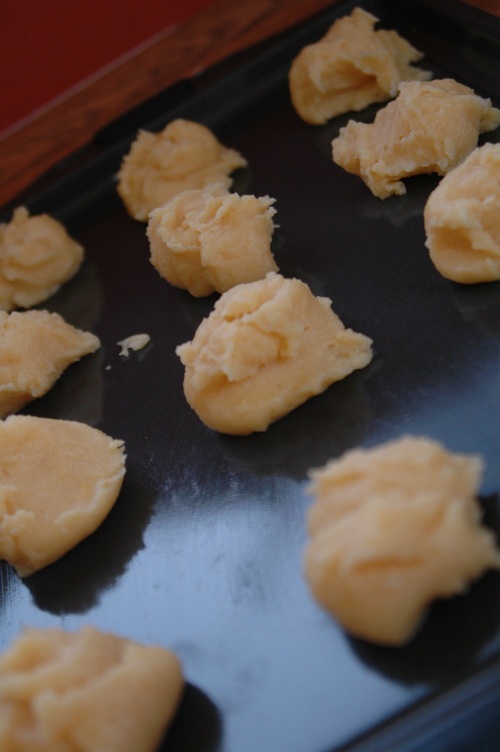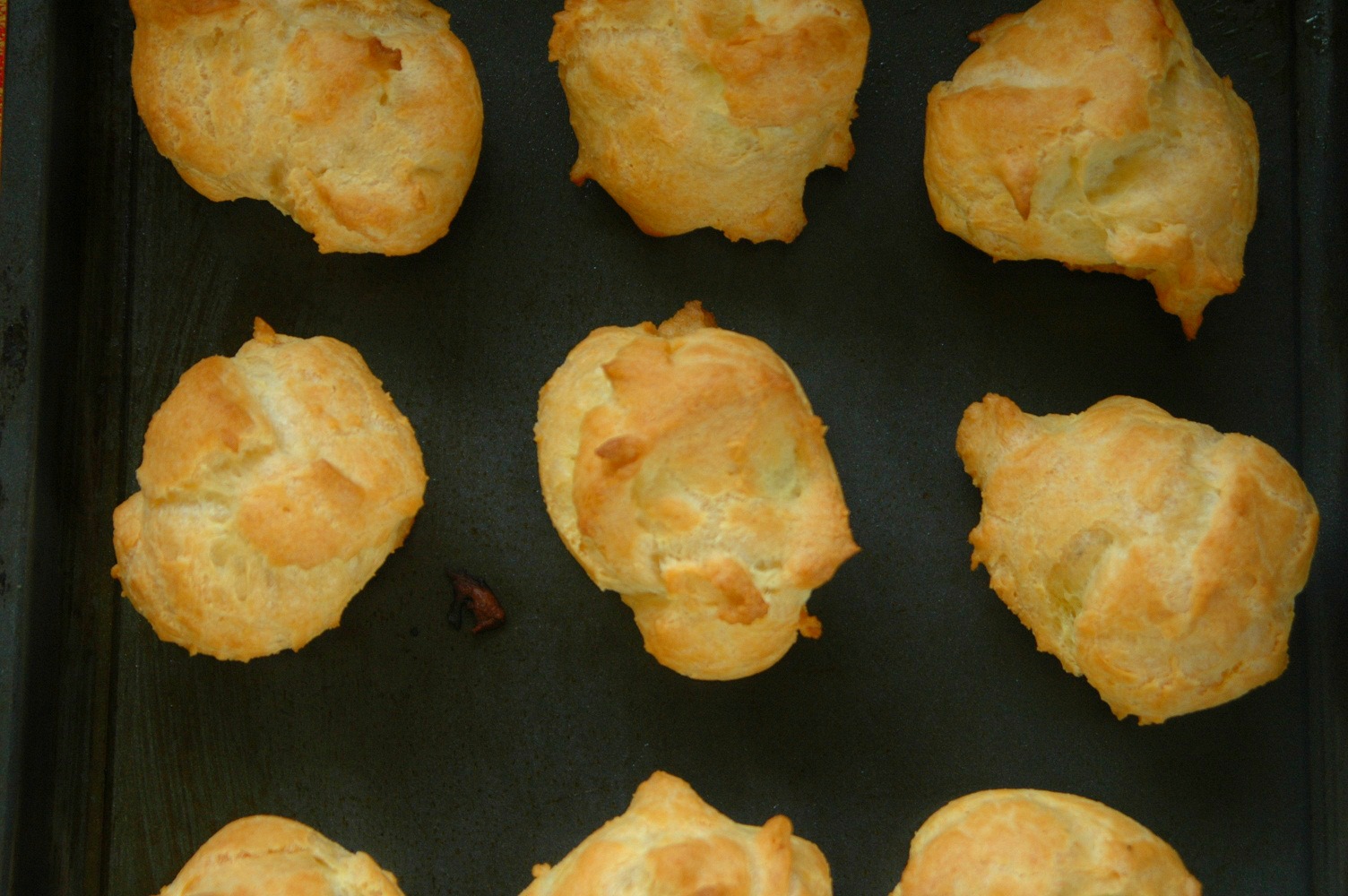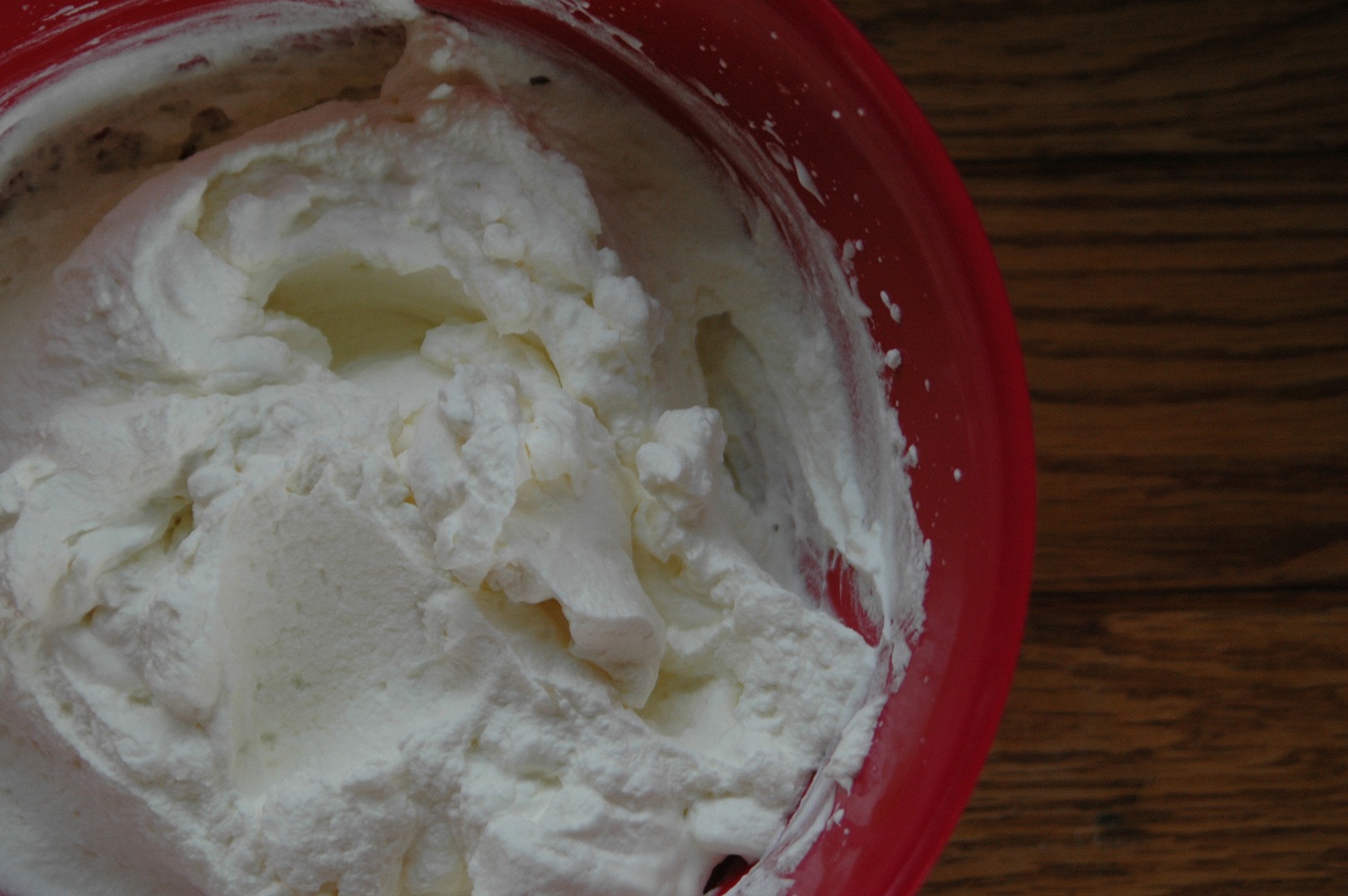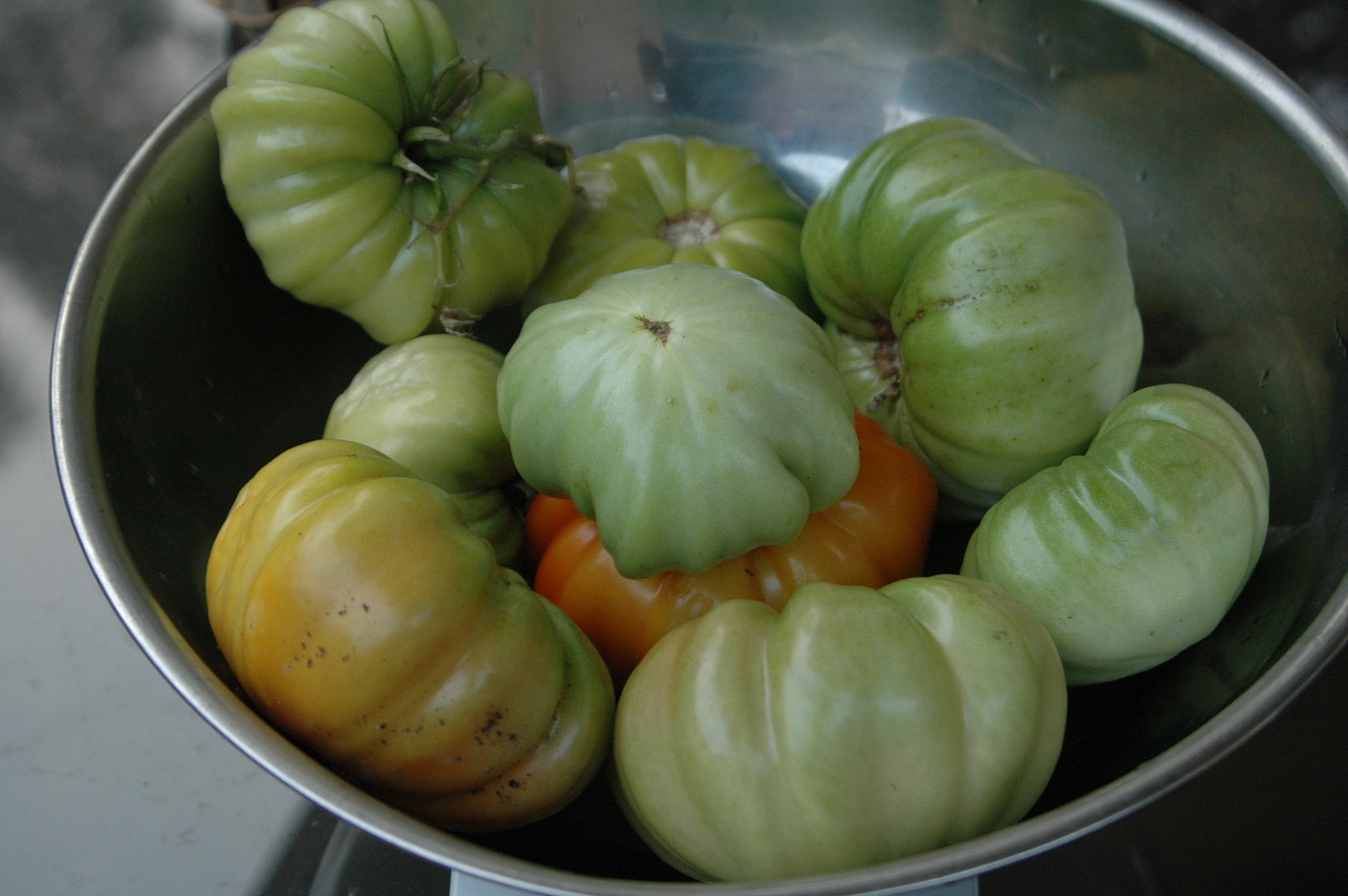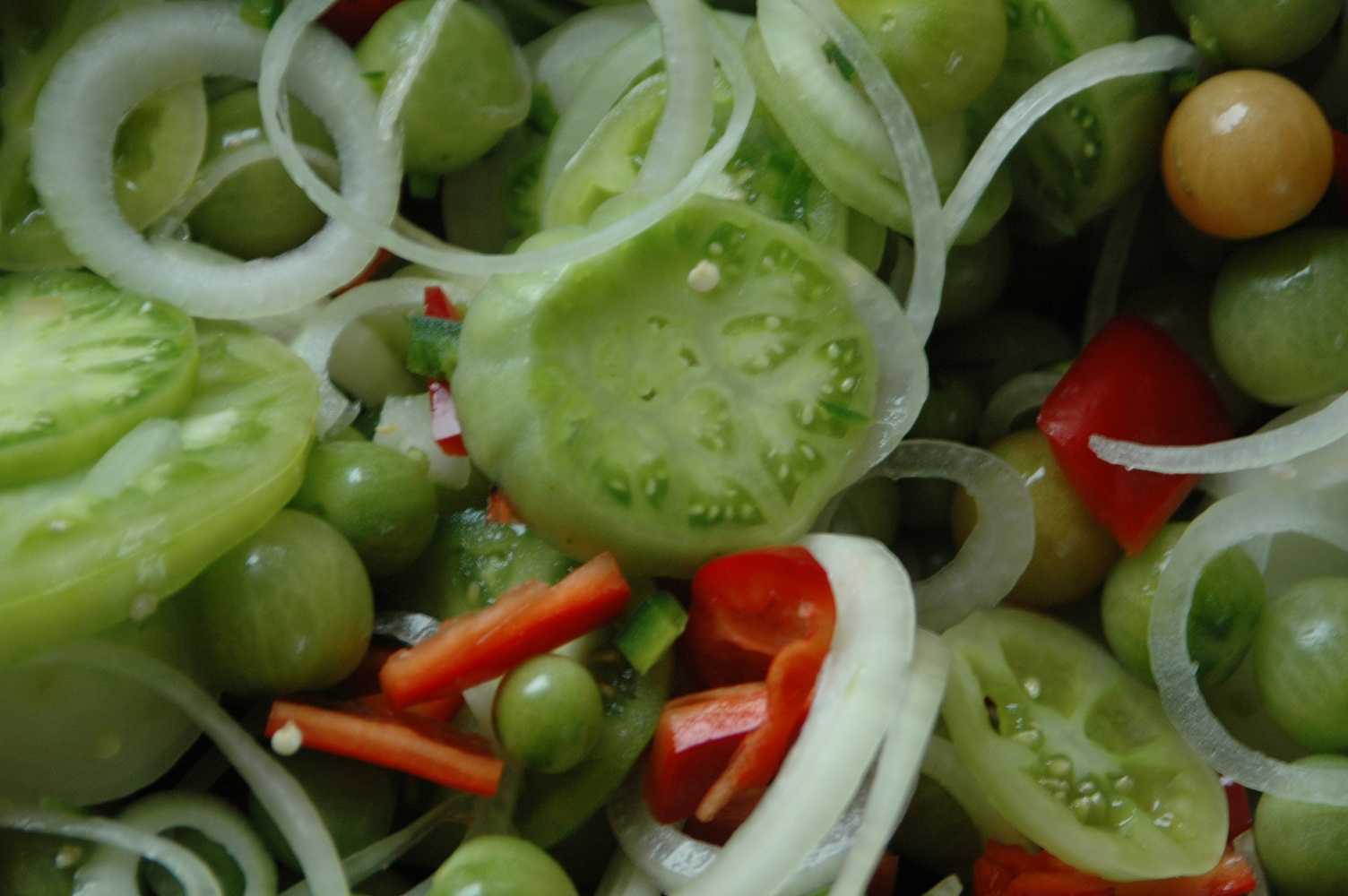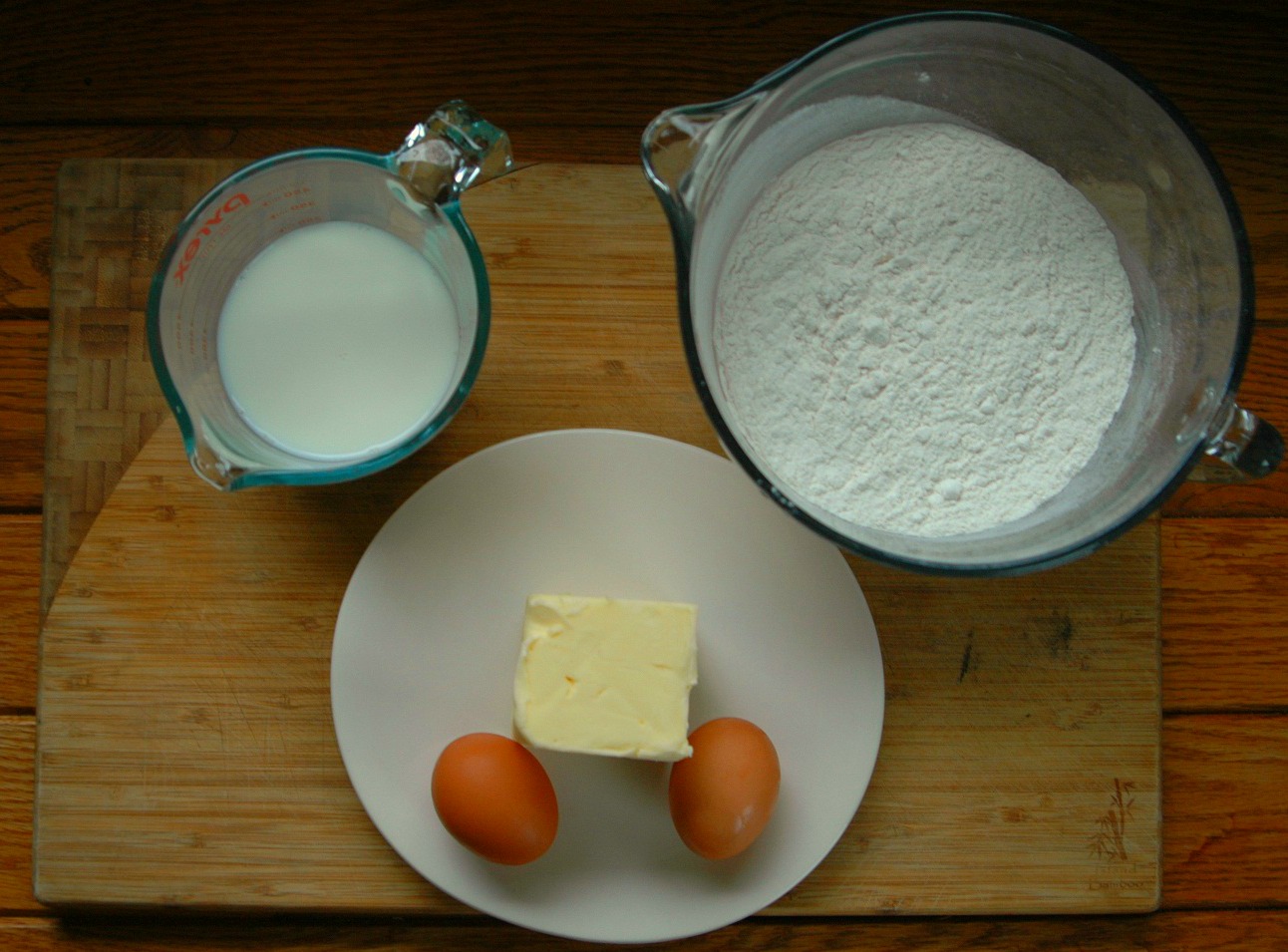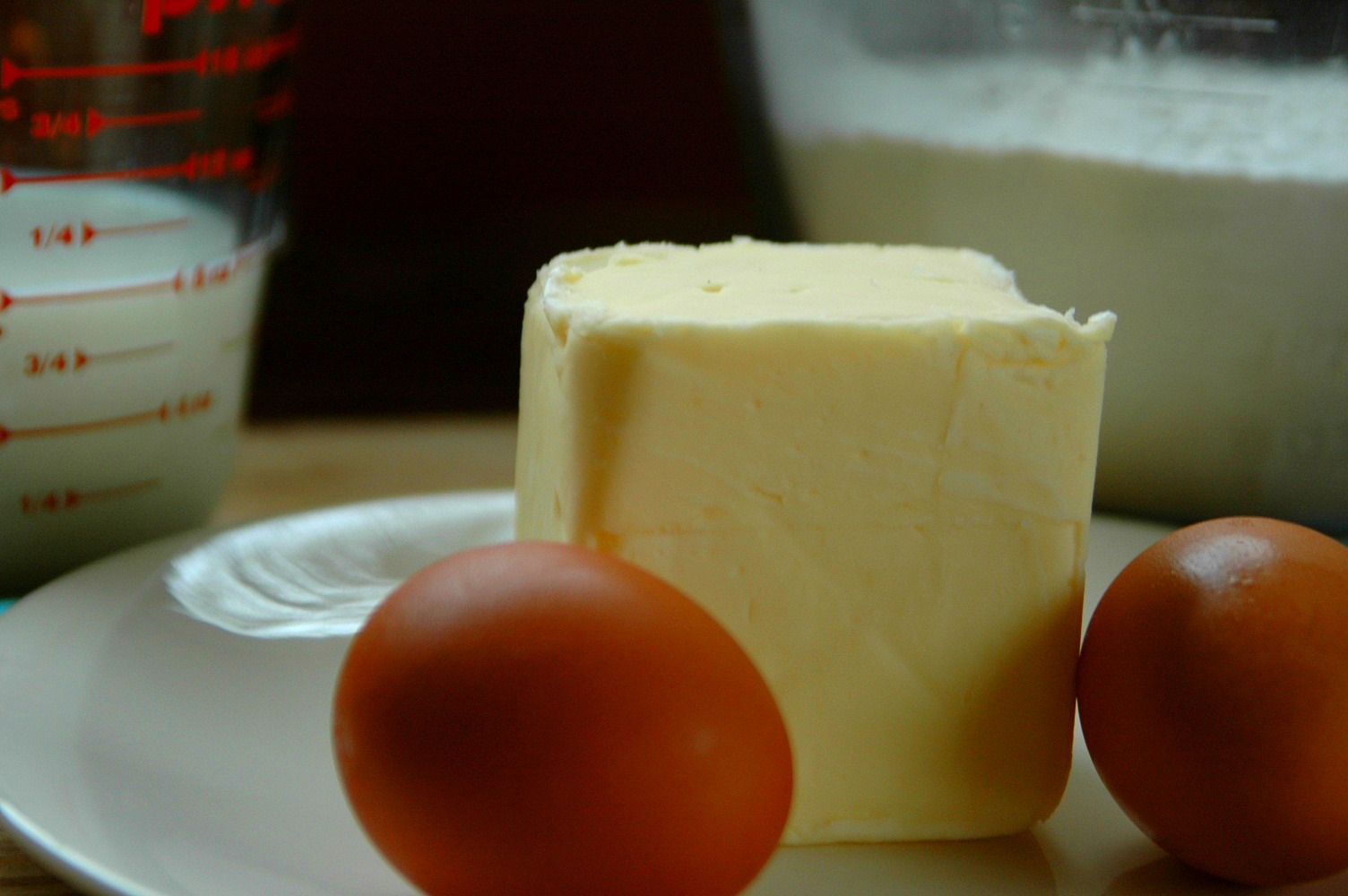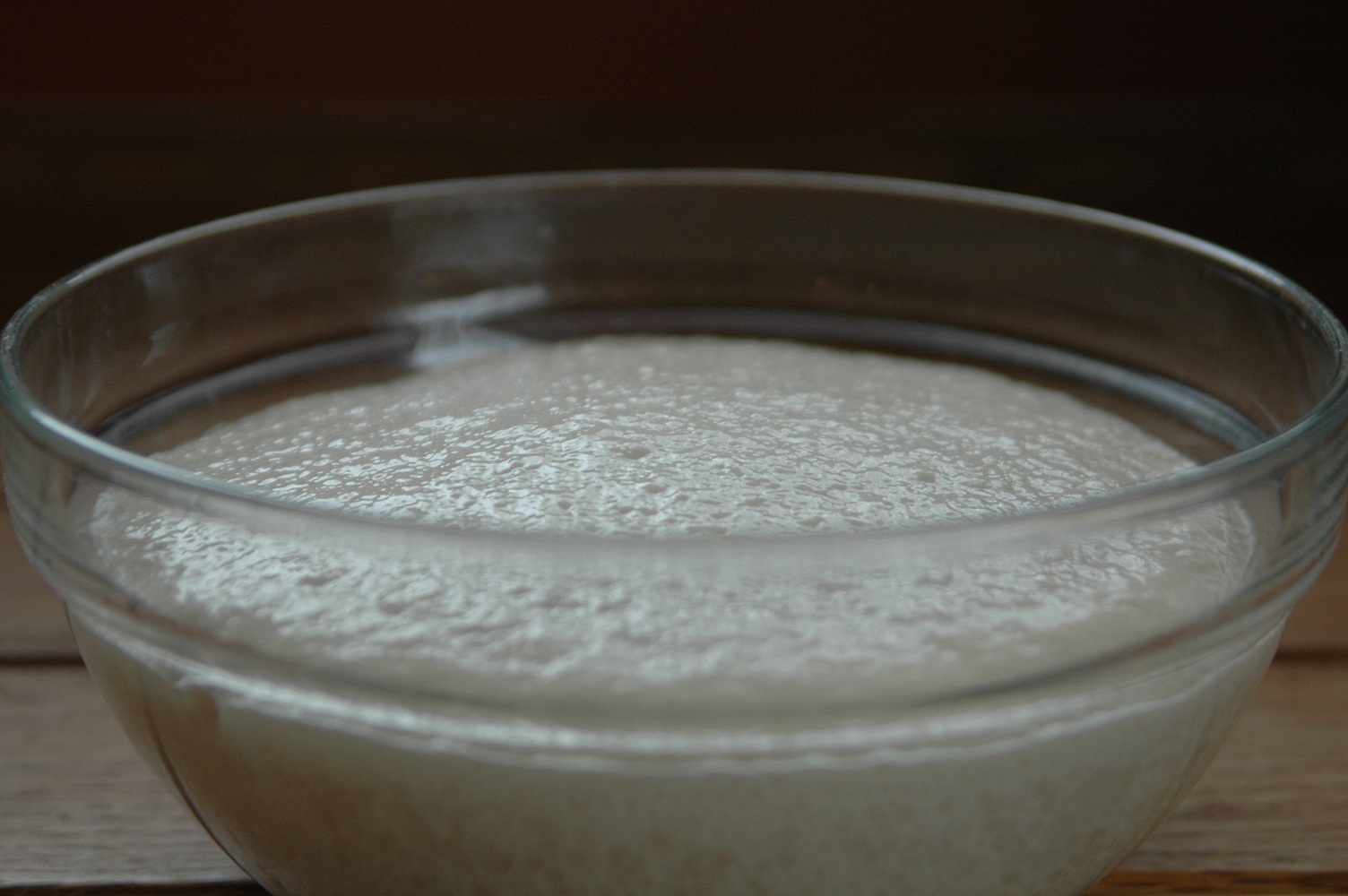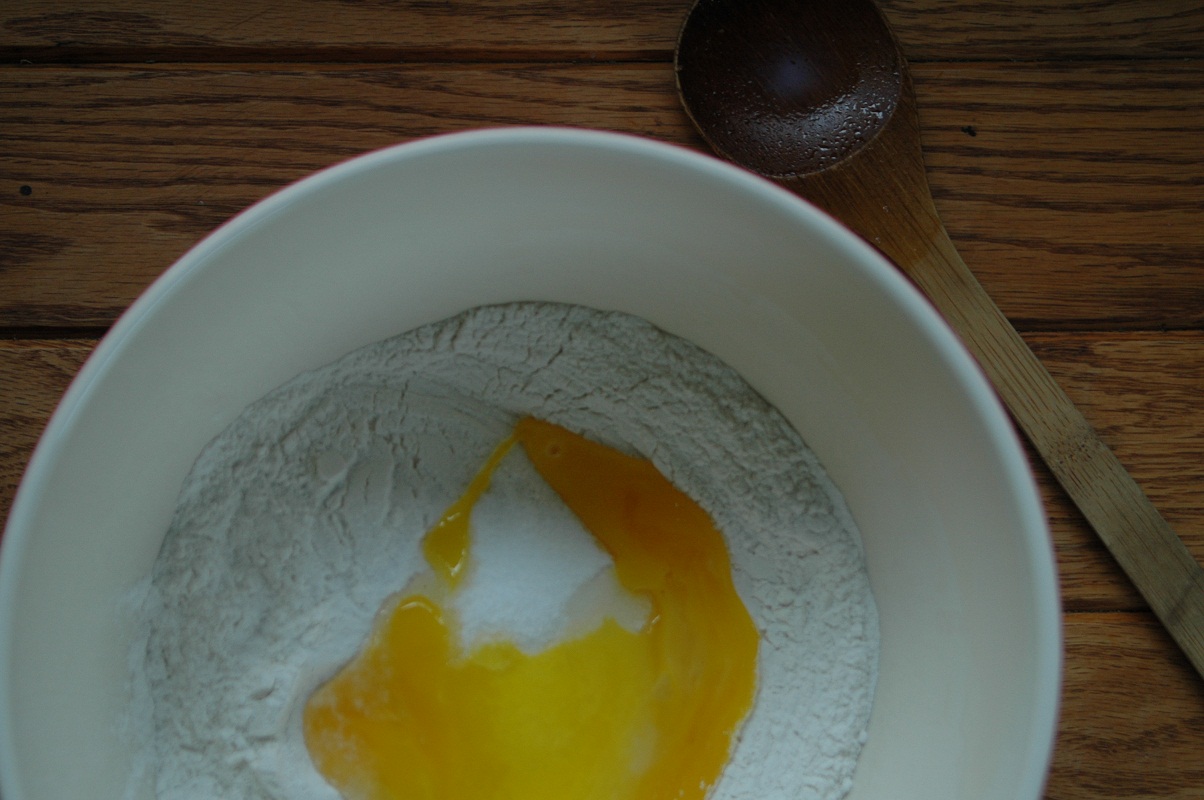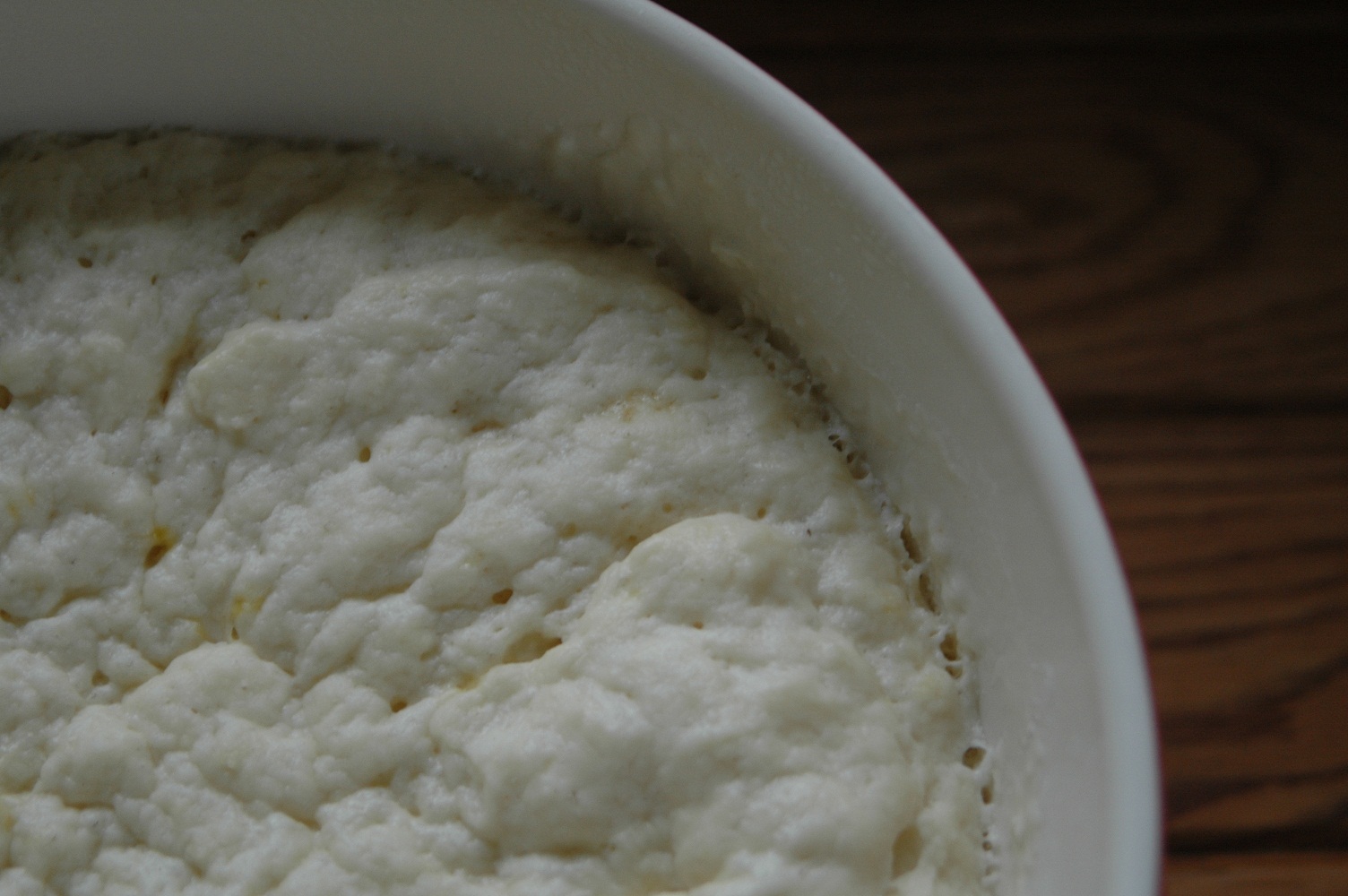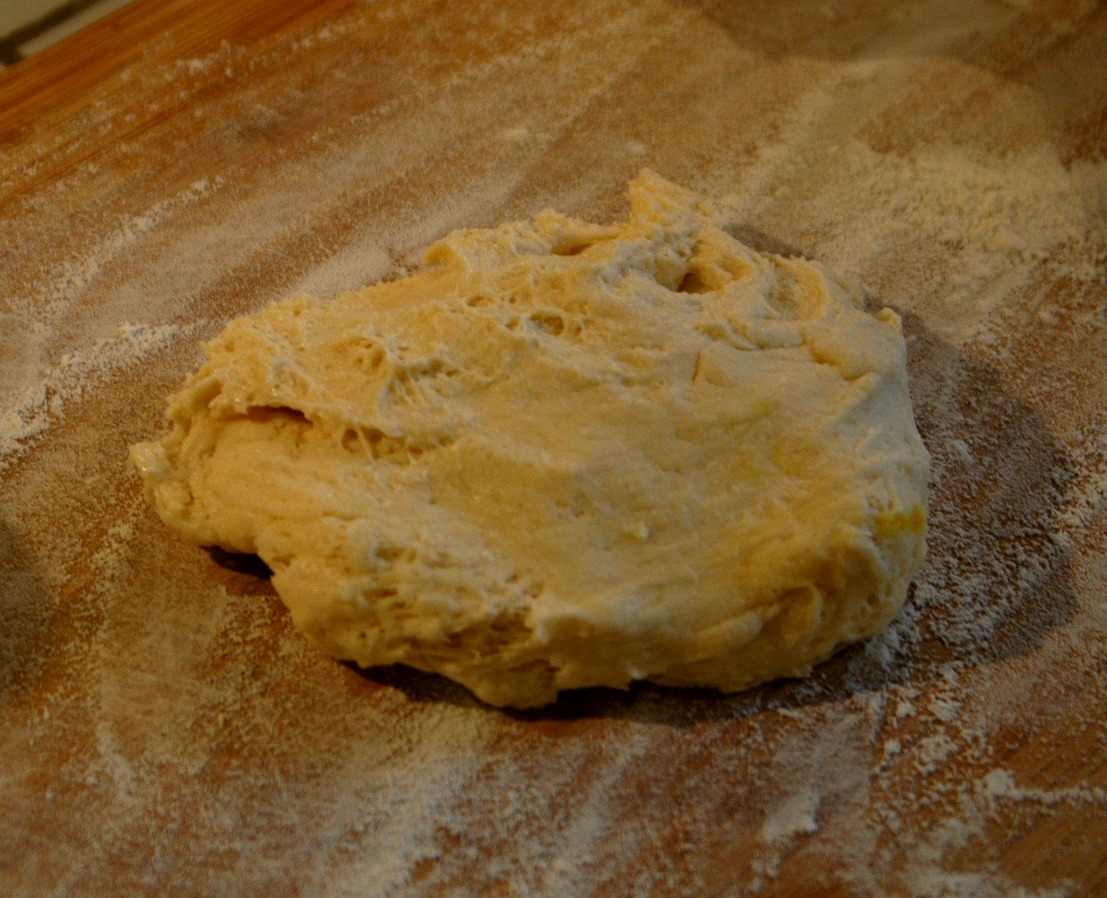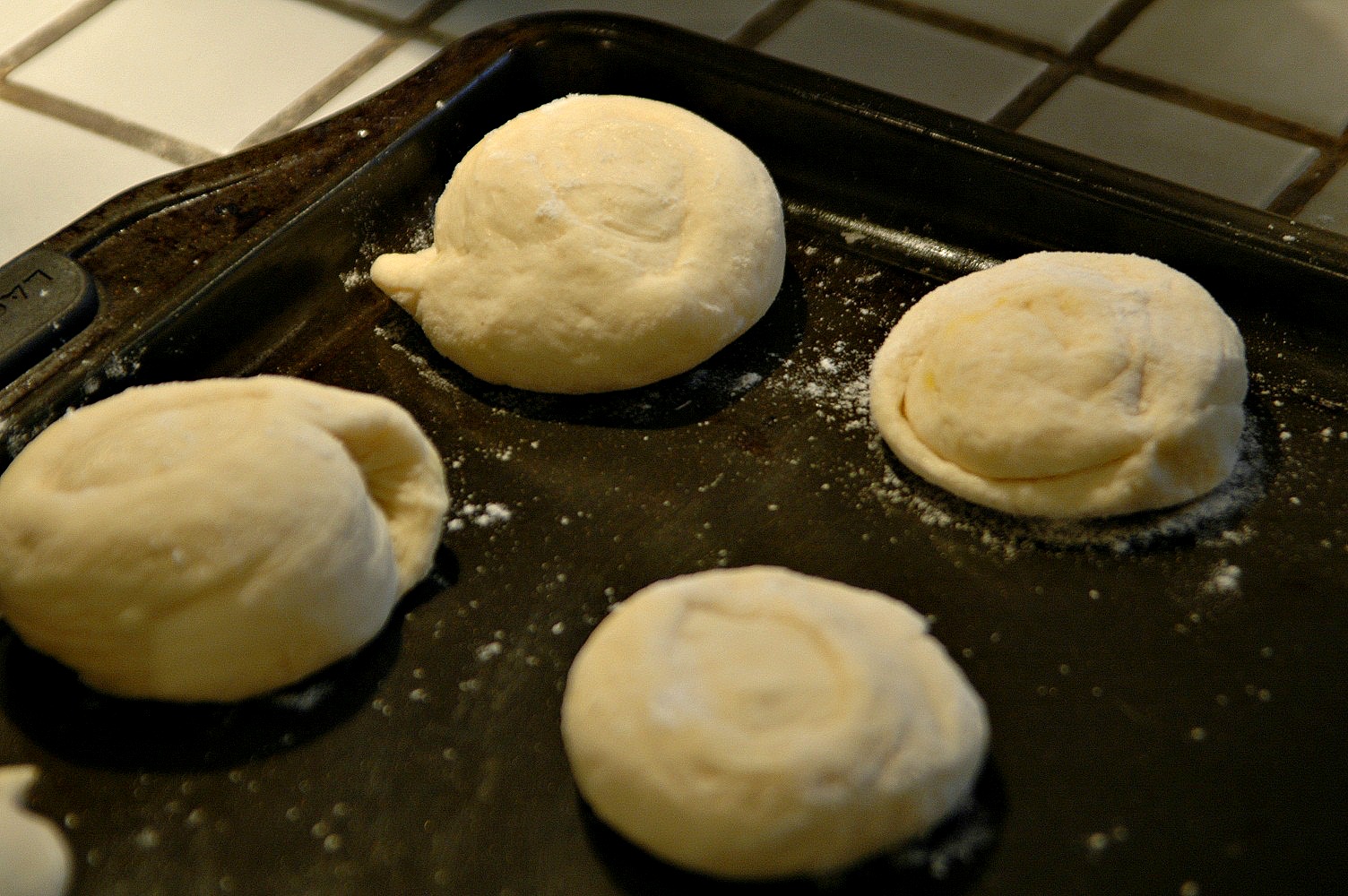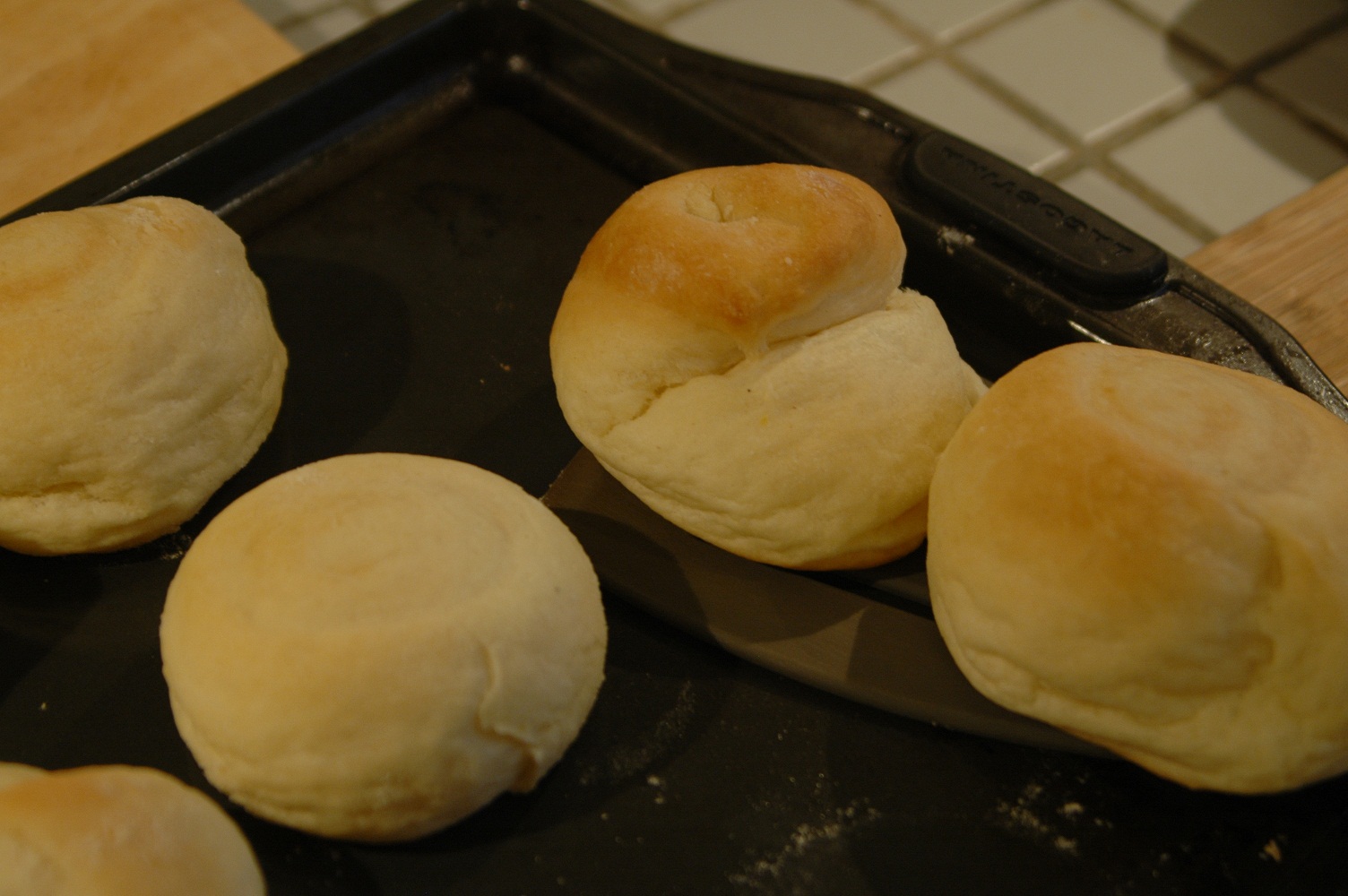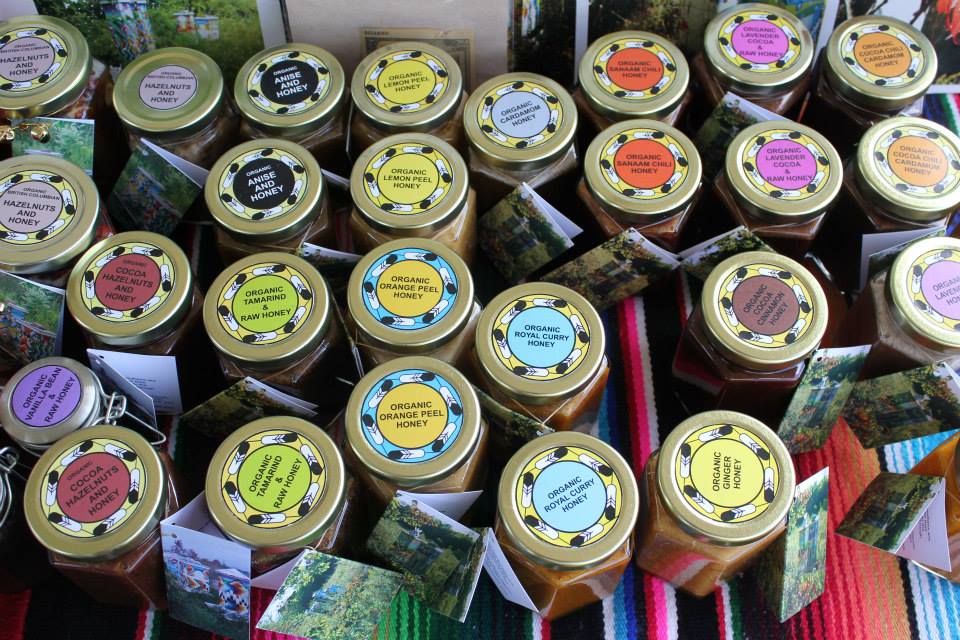Interview with Alberta Farmer - James Heitzman
/It's hard to believe that with 90 head of cattle and 720 acres of acres of land, that James Heitzman considers himself a small farmer. But it's true - compared to some of the large scale farming that happens in Alberta, James' farm is small. It's so small that it doesn't even have a name. Or could it be it doesn't have a name because James has no time to think about pesky little things like marketing? Whatever the reason, James is one farmer you are not going to be able to find with a quick Google search, but you will wish you could after you read this post.
On their combined 720 acres, James and his dad grow canola, wheat, barley, oats and hay for the cattle. When asked, Why the variety in crops if you consider yourself such a small farm?, he didn't even hesitate with the answer "We rotate our crops to cut down on things like disease. If you seed canola from year to year on the same land you risk bringing disease into the crop". He went on to explain how hay puts nitrogen back into the soil, which cuts down on the need for fertilization and fertilizer costs money. When you are small, you need to think about how you spend every penny "Take care of the pennies and the dollars take care of themselves", says James.
When running a small farm, James tells me that if he can get 50 bushels to the acre and keep his costs down and his product top quality, he would much rather do that than get 70 bushels to the acre with higher costs and poorer quality. And rotating his crops is just one of the many things that allows him to do just that.
James got into farming at a very early age. His dad was (and still is) a farmer and his grandpa raised cattle. His grandpa used to buy orphaned cattle and feed them by hand. They were called 'pailbunters' and James says they were more like pets. When he turned 18, James had managed to save $10,000 and with that money he bought himself 10 head of cattle and he has never looked back. Now it's his full time SECOND job. Oh, didn't I mention that James also works full time at the Edmonton International Airport.
That's right, James puts in a full time work week, usually working 4 days on and 4 days off. But even when he is on, he comes home from work and can put in an additional 5 hours, especially when they are haying or calving. He says that a lot of small farmers have second jobs; some have gravel trucks or are welders, etc all because it's too hard to support a family with a farm alone.
When I asked him why he does it, his answer was simple "Because I love it" and there was no hesitation. Raising cattle helps offset the cost of raising a family, but it doesn't come without it's sacrifices. During calving season, James and his wife Yvonne tend to take turns sleeping on the couch so that they can go out every 3-4 hours during the night (sometimes in bitterly cold temperatures) to check on the cattle. And they do it without complaint. "It's a hard life, but it's a good life. We enjoy the family farm lifestyle and are happy for the values it has taught Harley (their son). He understands the value of food and where it comes from."
I asked James why he thought Alberta Beef was so darn good and this is where he got a little too technical for this farming novice ;). He listed a lot of reasons; Alberta Beef is grass fed, a lot of Alberta farmers raise Angus cattle which are born smaller, get up and feed faster, tend to be smaller with better cuts.
But James just doesn't know a lot about farming, to be a good farmer you also have to keep abreast of what's happening around the world and James does just that. He explained to me how Canadian farmers have a hard time competing with countries like Australia and Brazil who can feed their cattle grass all year long and don't have to supplement their feed with hay. You see - grass is cheap and keeps the cost of raising cattle down. We talked at length about how a lot of the smaller grain terminals have closed down, which puts additional pressure on the small farmer because the remaining terminals cater to the 'big guy' with larger yields. Bumpercrops of grain in other countries drives down the price of grain in Canada. It's a constant shifting of variables and then you throw disease, illness and weather into the mix and it's amazing James gets any sleep at all.
The one question I really wanted an answer to when I was speaking with James was this "What's the one thing you wished more people understood when it came to farming" and his answer really resonated with me. "Lots of people don't understand where the food they eat comes from."
I couldn't agree more with this simple statement because it is true. If people would sit down and look at that loaf of bread on their table and think about all of the work that it took to get it there, from the farmer that took the time to grow it, to the work it took to get it off the field, to the baker who put it all together and made the loaf itself, they might better understand it's true value.
We spoke a bit about the 'farm to plate' movement taking place right now and while James knows it could be good business for his farm, he also mentioned that a lot of small farmers just simply don't have time to look at new opportunities, get involved with social media or really market their product well. I guess that's what happens when you have two full time jobs.
The small farmer may face a lot of challenges, but James doesn't think they are going anywhere. They may be small, but it has also forced them to be more resourceful and to do more with less. As a small farmer he believes you take more pride in what you are doing because you aren't doing it for money, but because you genuinely enjoy it. He knows he is not going to get rich off farming, but says it is just a part of who he is.
My husband and I buy a half a side of beef from James' farm on a yearly basis and every single one of our dinner guests who have been lucky enough to have us share it with them can attest to the fact that it is some of the best beef they have ever tasted.
It's important to know where our food comes from and I am thankful for small farmers like James Heitzman.
This post is part of The Canadian Food Experience, it began June 7 2013. As we share our collective stories through our regional food experiences, we hope to bring global clarity to our Canadian culinary identity.

